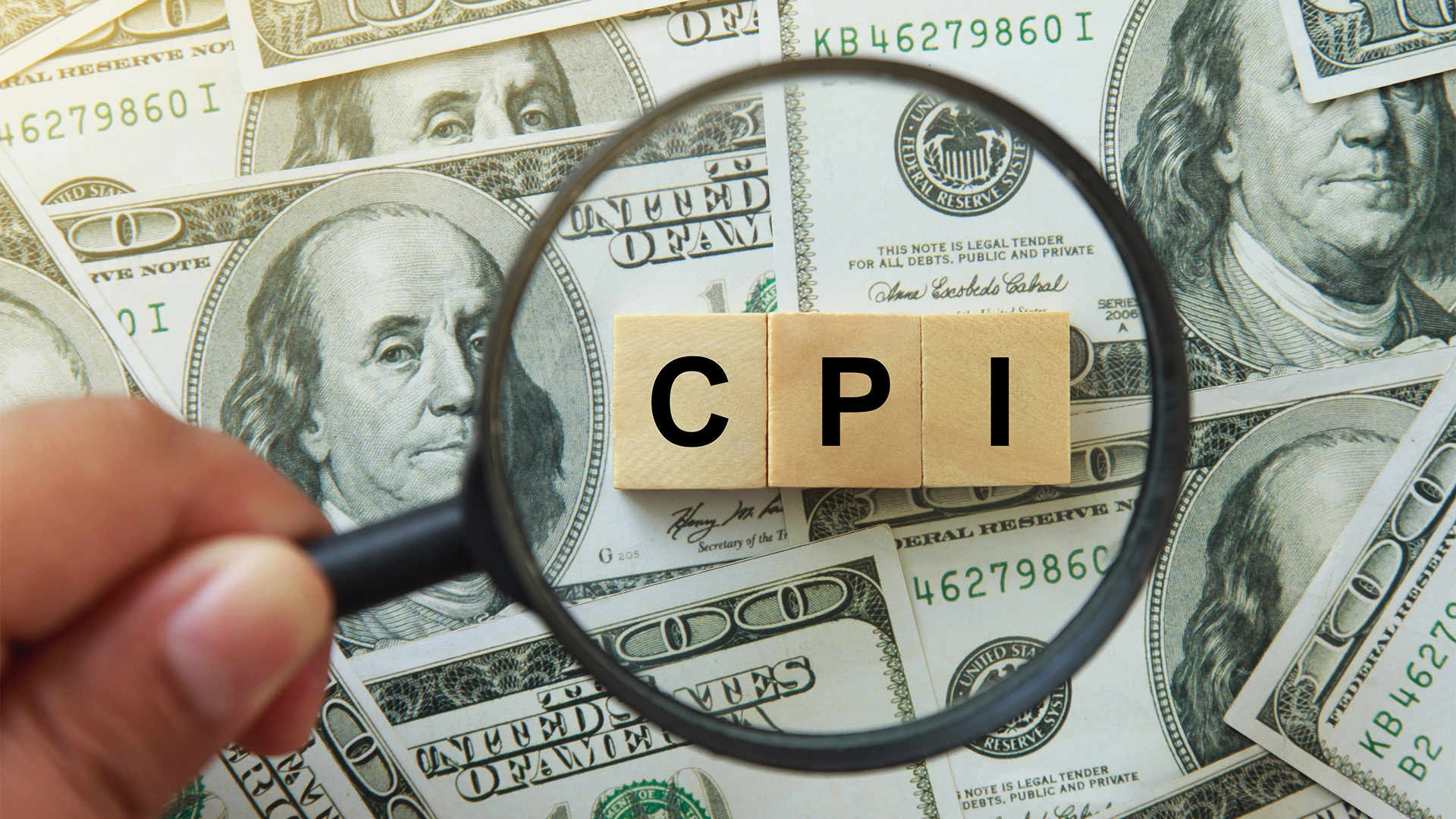Yes, US consumer price inflation rose in August, thanks to higher petrol prices, and the production cut extensions of Saudi Arabia and Russia. So, the 0.7% rise was merely a temporary fluctuation. This increase pushed the annual rate to 3.7%, which was slightly higher than the forecasted 3.6% and up from 3% in June.
According to the US Bureau of Labor Statistics, the energy index surged by 5.6% in August, with all major energy component indexes increasing. The food index also rose by 0.2% in August, mirroring July's increase. Specifically, the index for food at home increased by 0.2%, while the index for food away from home rose by 0.3% in August.
Oil prices have been steadily rising since mid-year and are expected to continue, potentially leading to another high reading for September. Coupled with base effects from the previous year, this surge in petrol prices accounted for just over half of the rise in August.
Notably, core inflation has slowed for the 5th consecutive month, reaching 4.3%, down from over 6% a year ago. This was in line with market expectations, leading to a relaxed market reaction. While some nervous analysts expressed concern over the monthly rise in core CPI of 0.3%, it was the smallest monthly increase in nearly two years. Consequently, this increase is unlikely to trigger a rate hike from the Federal Reserve at its upcoming meeting next week.














